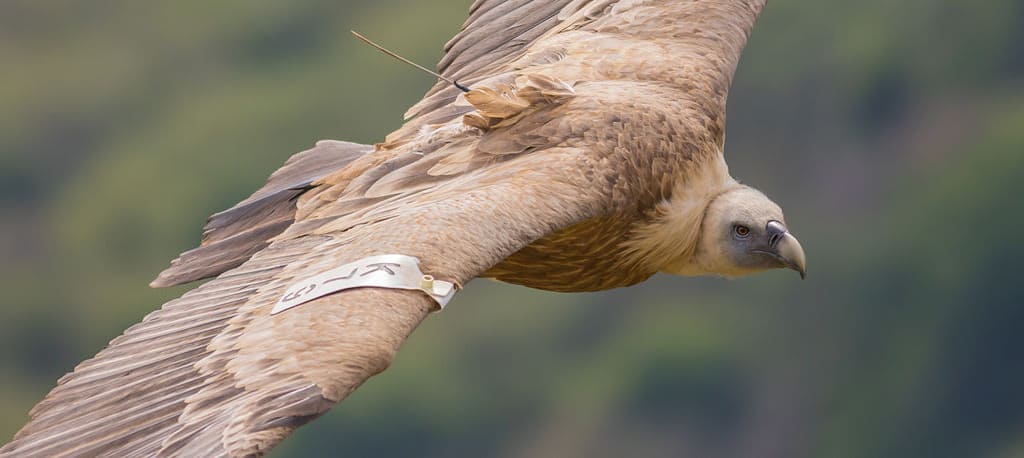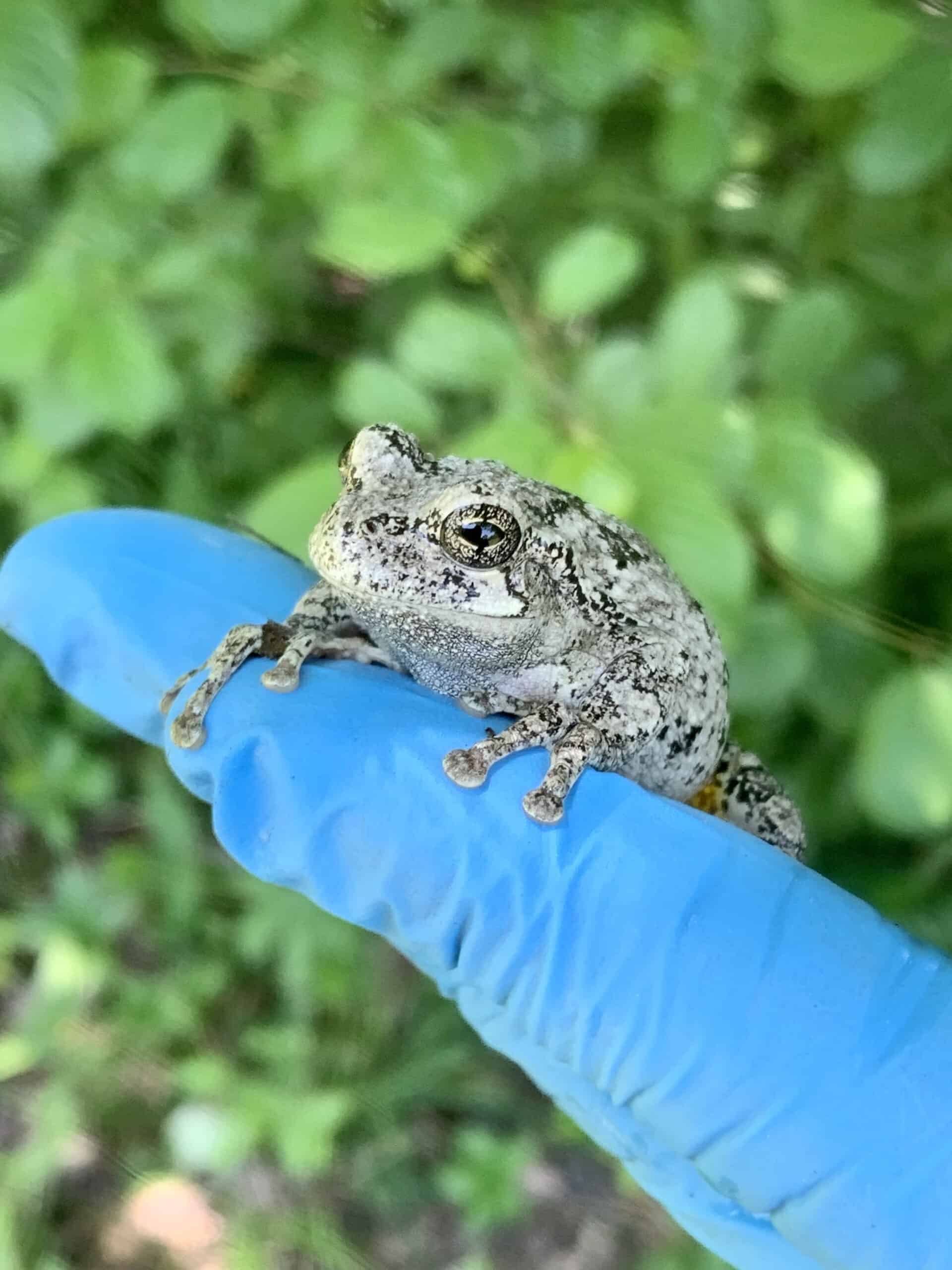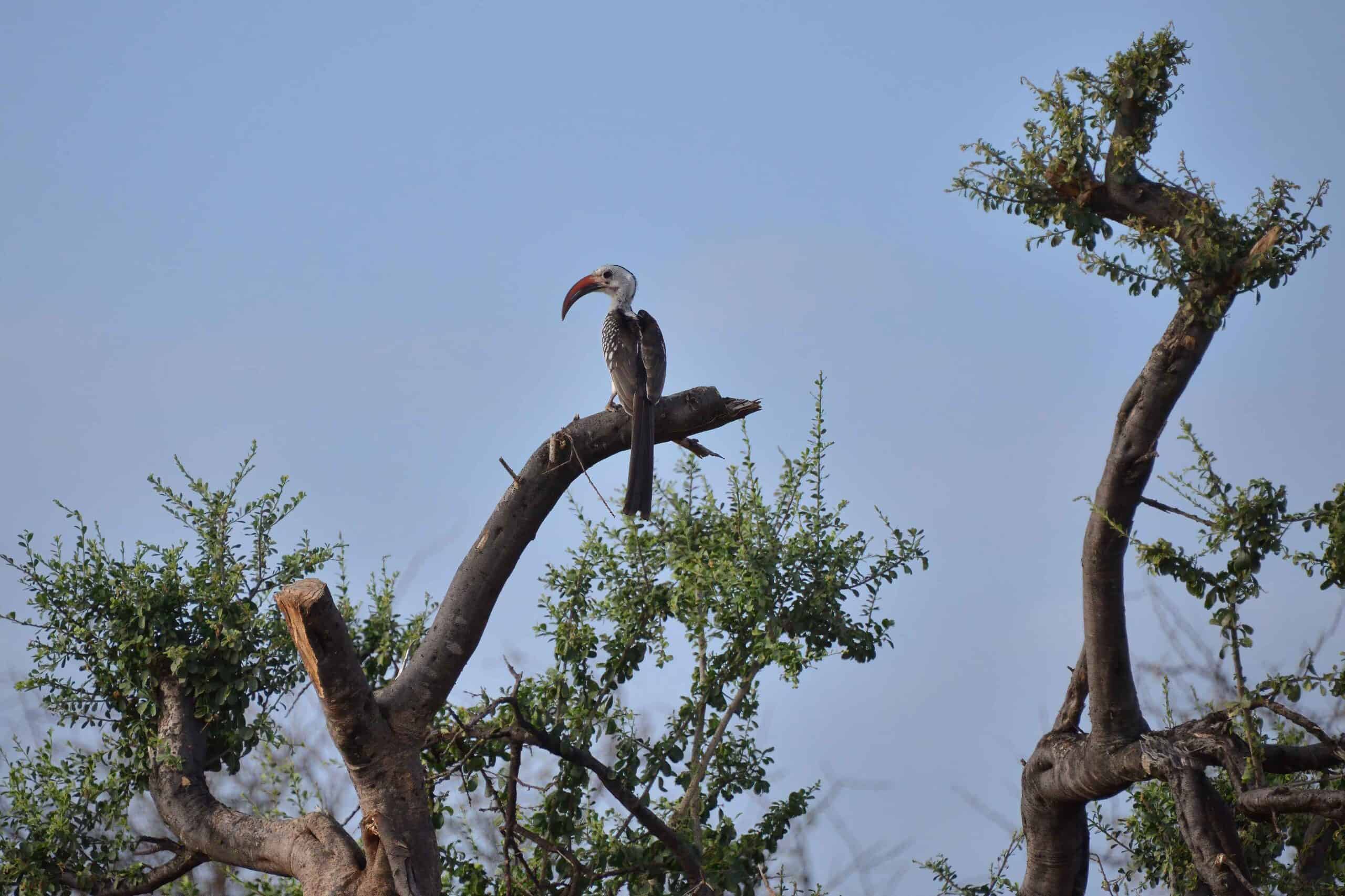Share this article
Tracking devices may affect individual birds
Modern tracking devices can be tiny, but they can still have effects on some of the birds fitted with them, researchers found, although those impacts are sometimes overlooked.
This blind spot in bird studies has implications both for the health of the birds being studied as well as the ability of these devices to accurately transmit or record natural bird behavior.
“The use of these devices is growing very rapidly, and it’s giving us lots of very exciting new information,”said Stephen Baillie, a senior research fellow at the British Trust for Ornithology and one of the co-authors of a study published recently in the Journal of Avian Biology. “But unfortunately in certain cases, these devices can affect the birds, so we’re obviously doing everything we can to minimize that.”
Tracking devices have become increasingly common in certain types of studies on birds. They can be extremely helpful in tracking things such as the unknown stages of intercontinental bird migrations or in better determining the locations of seabird feeding grounds.
But these tracking devices can reduce the flight efficiency of small birds making long-distance, multi-day migrations. They can also get caught on vegetation or other things — particularly if the harnesses attached to them aren’t put on well — and may cause changes in behavior, such as increased preening. In rare cases, certain techniques like using implanted devices can cause infection.
To find out if researchers were keeping an eye on some of these possible effects, the team looked at more than 3,453 studies that used tracking devices on birds between 1995 and 2015. They found that only about 1,560 of these actually mentioned whether any effects of the devices on the birds were considered.
They also found that the numbers of studies that used tracking devices on birds increased by 4.4 percent every year, but the fraction of studies reporting the effects of devices on birds decreased 1 percent per year.
“The proportion of people providing good information on these devices has declined,” Baillie said.
Baillie said that some of this decline reflects improvements in the overall safety of these devices. Devices have also gotten smaller, but this has allowed researchers to apply them to smaller species, which means that over the review period, the average weight of device compared to the size of the birds they are placed on has not decreased.
The good news is the proportion of studies looking for effects that actually found them declined over the study period.
The fact that these tracking devices are constantly changing highlights the need to do a better job tracking the effects they have on birds, Baillie said.
“These devices do cause some effect, so we have to be careful to minimize some of the effects,” Baillie said. “However they are also vital tools, providing information that is urgently needed to improve the effectiveness of bird conservation.”
Header Image: Wild Griffon vulture (Gyps fulvus) at Gamla nature reserve in Israel. On the vulture is a GPS tracking antenna and special identification number for tracking purposes. ©מינוזיג - MinoZig








